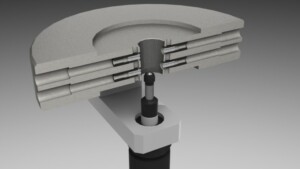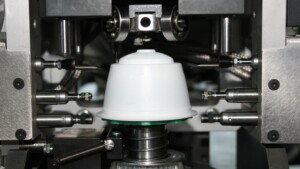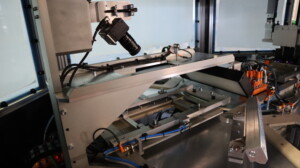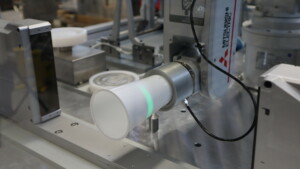Geometry tolerance in metrology
Ensuring compliance with the geometric specifications of mechanical parts is a major challenge for manufacturers. Checking these specifications relies on a variety of metrology methods. By selecting the method best suited to the specific characteristics of the part and the requirements of the application, manufacturers can ensure the quality and conformity of their products, while improving their operational efficiency.

Why checking geometrical specifications of a product?
Geometry tolerances and the pneumatic method

Geometry tolerances and touch probes

Geometry tolerances and industrial machine vision

Geometry tolerances and optical micrometry
Optical micrometry uses a similar approach to industrial machine vision but focuses on analyzing the shadow projected by the part being inspected. This method produces high-contrast pictures, which simplify their processing by imaging algorithms.
Like machine vision, optical micrometry enables rapid, non-invasive measurements, making it an ideal option for checking the geometry of parts without altering them. Often integrated into automated systems, it is particularly well suited to high-throughput applications. However, its capabilities are limited to checking the outlines of inspected parts.

ASSOCIATED SETSMART TECHNOLOGIES
Visit the technology pages for more information on the control techniques used
